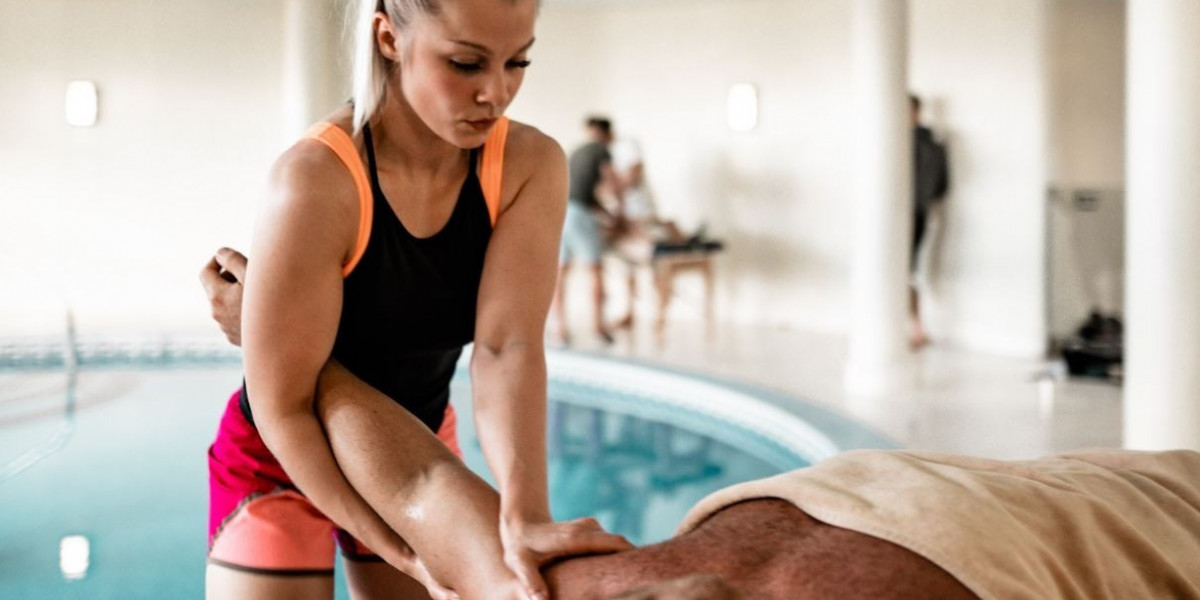Your Ultimate Guide to Safe At-Home Exercises for Chronic Pain & Injury Prevention
Whether you're living with chronic pain or looking to prevent injuries during your daily activities or workouts, a structured and safe physiotherapy routine can make all the difference. At Physiotherapy London Bridge, we combine expert knowledge with real-world application to help you move better, hurt less, and live more fully.
In this guide, you’ll discover the top exercises you can safely perform at home to both manage chronic pain and build a resilient, injury-free body.
Understanding Chronic Pain and the Role of Physiotherapy
Chronic pain is defined as pain lasting longer than 12 weeks, often persisting beyond the typical healing time. It can affect your mobility, mental health, and quality of life.
How Exercise Helps:
Improves circulation and joint health
Strengthens stabilizing muscles
Boosts mood via endorphin release
Enhances flexibility and balance
Always consult a physiotherapist before beginning any new exercise regimen—especially if you’re managing a chronic condition.
Gentle Mobility & Warm-Up Routine (6–8 Minutes)
Start every session with light mobility drills to loosen joints and gently activate muscles. This prepares your body for safe movement.
Recommended Movements:
Pelvic Tilts (Supine) – 10 reps
Thoracic Spine Rotations ("Open Book") – 10/side
Hip Flexor Stretch + Overhead Reach – 30 sec/side
Ankle Mobility (Knee-to-Wall) – 10 reps/leg
Wall Slides – 10 reps
These movements are great for reducing morning stiffness or post-sitting tightness.
2. Core & Balance Training (8–10 Minutes)
A stable core and good balance reduce your risk of lower back pain and falls—especially important for those with chronic pain.
Try These:
Dead Bug – 3 sets of 10
Bird-Dog – 3 sets of 10
Side Plank with Hip Lift – 10 sec/side
Single-leg Stand with Reaches – 30 sec/leg
Heel-to-Toe Walk – 10 steps x 2
These also improve proprioception—your body’s ability to sense movement and position.
Functional Strength & Pain-Safe Muscle Activation (12–15 Minutes)
Target key muscle groups with low-impact, joint-friendly exercises that are suitable for both chronic pain and injury prevention.
Suggested Routine:
Glute Bridges – 3x12
Chair Sit-to-Stands or Mini Squats – 3x10
Theraband Rows – 3x12
Low Step-Ups – 3x10/leg
Wall Angels or Band Shoulder Rotations – 3x12
Focus on slow, controlled motion. Never push through pain—modify instead.
Gentle Stretch & Recovery Cool Down (5–7 Minutes)
End your session with calming stretches to restore flexibility and support long-term mobility.
Cool Down Sequence:
Supine Hamstring Stretch (Strap) – 30 sec/leg
Child’s Pose + Side Reach – 30 sec/side
Calf Stretch on Wall – 30 sec/leg
Doorway Chest Stretch – 30 sec/side
Diaphragmatic Breathing (Supine) – 1–2 mins
Finish feeling relaxed, not drained. Recovery is just as important as effort.
Pro Tips from Our London Bridge Physiotherapists
Consistency > Intensity – Daily 20-minute routines are more effective than occasional tough workouts.
Form is Everything – Controlled movements reduce flare-ups and improve joint alignment.
Pain is a Signal, Not a Challenge – Adjust or regress if anything feels wrong.
Hydrate & Sleep Well – Recovery starts with good lifestyle habits.
Warm Up Before Any Sport or HIIT – Especially if you’ve been inactive for a while.
Need Expert Support? Visit OneBody Physiotherapy London Bridge
If you're experiencing persistent pain, muscle stiffness, or recovering from an injury, our expert team at Physiotherapy London Bridge is here to help.
We offer:
Personalized treatment plans
Evidence-based pain management strategies
One-on-one physiotherapy in central London
Let us help you move better, feel stronger, and prevent future pain—book your consultation today.
Final Thoughts: Take Control of Your Health at Home
Managing chronic pain or preventing injury doesn’t always require complex equipment or a gym membership. With just a little space, consistency, and guidance, you can build a healthier, pain-free lifestyle from the comfort of home.
Your body deserves care. Let every stretch, breath, and rep be a step toward a stronger, more mobile you.








